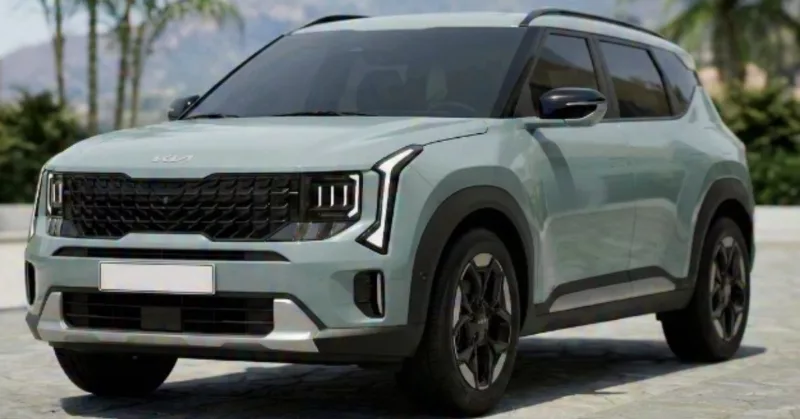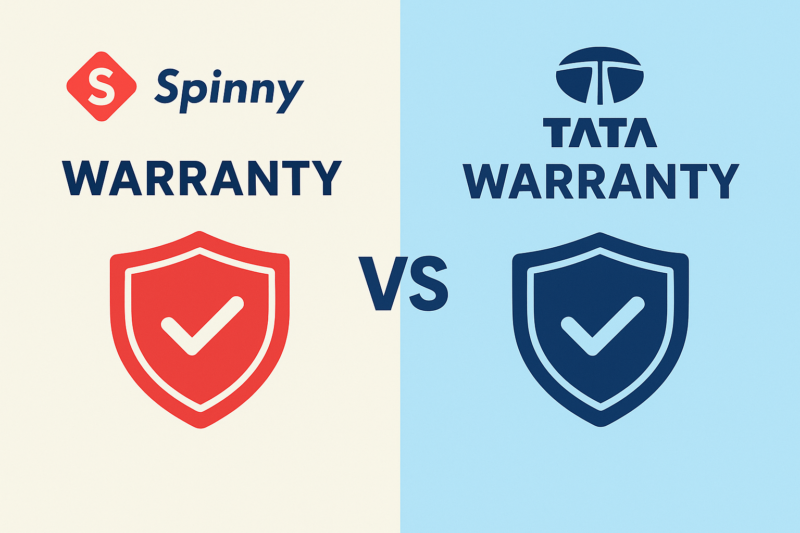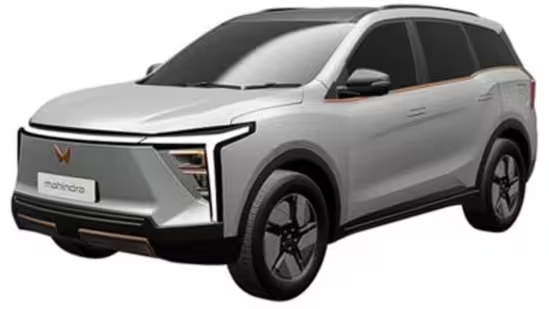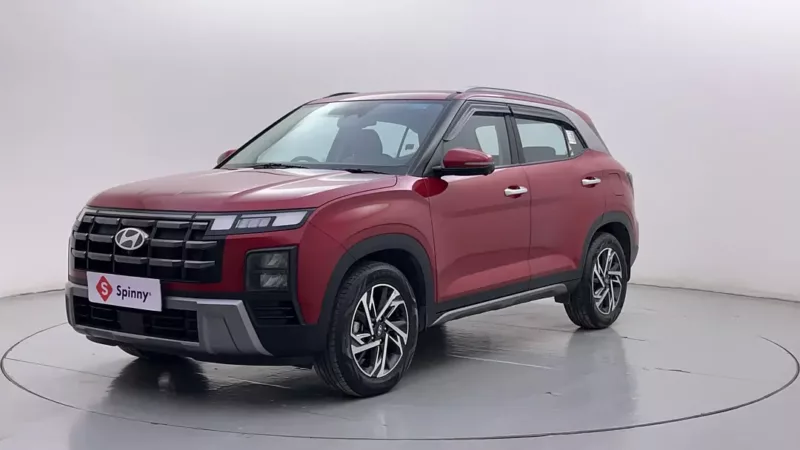With several car segments co-existing in the market, consumer choices have surely diversified. This has allowed buyers to choose between segments while staying within their desired budget. So if you happen to have a budget that falls between Rs 7 to 14 Lakhs, then you can easily bring the latest and greatest from the hatchback as well as the crossover SUV segment in the shape of the Hyundai i20 and the Maruti Suzuki Fronx. While the i20 has just been updated with a new facelift, the Fronx itself is one of Maruti’s latest launches for the compact SUV segment. Though similarly priced, both cars offer a package that is quite distinct with each having its own advantage. So to help you choose better, here’s a head-on comparison of the Hyundai i20 and the Maruti Suzuki Fronx.
Hyundai i20 vs Maruti Suzuki Fronx: Dimensions
Dimension | Hyundai i20 | Maruti Suzuki Fronx |
Length | 3995 mm | 3995 mm |
Width | 1775 mm | 1765 mm |
Height | 1505 mm | 1550 mm |
Wheelbase | 2580 mm | 2520 mm |
Boot Space | 311 litres | 308 litres |
Ground Clearance | 170 mm | 190 mm |
As far as dimensions go, the head-on comparison of the two reveals a lot of similarities. Despite the Fronx being marketed as a compact SUV, it offers the same length as the Hyundai i20, in addition to a lower width and smaller wheelbase. But with that said, it does bring in a few SUV traits such as a higher stance with more ground clearance, even though the boot space remains more or less the same.
Talking of the Hyundai i20, the premium hatchback comes with a stance that is wider and lower than the Fronx giving it an aerodynamic profile, something that the i20 has been playing on ever since it entered its third generation. What works in favour of the i20 however, is its larger wheelbase which gives it better leg space and rear seat comfort.
Overall, as far as dimensions are concerned, the decision comes down to the segment preference. While the Fronx offers SUV-like traits, the i20 does really well when it comes to being an aerodynamic and well-proportioned hatchback.
Hyundai i20 vs. Maruti Suzuki Fronx: Engine and Transmission
Powertrain | Hyundai i20 | Maruti Suzuki Fronx | |
Engine | 1.2-litre Naturally Aspirated Petrol Engine | 1.2-litre Naturally Aspirated Petrol with Idle Stop-Start | 1.0-litre Turbocharged Petrol Engine with Smart Hybrid Technology |
Power | 83 PS (Manual) to 88 PS (Automatic) | 90 PS | 100 PS |
Torque | 115 Nm | 113 Nm | 148 Nm |
Transmission (Manual) | 5-Speed Manual | 5-Speed Manual | 5-speed Manual |
Transmission (Automatic) | 6-Speed CVT Automatic | 5-speed AMT Automatic | 6-Speed Torque Convertor Automatic |
Mileage (Manual) | Up to 20.1 km/l | Up to 21.79 km/l | Up to 21.5 km/l |
Mileage (Automatic) | Up to 19.8 km/l | Up to 22.89 km/l | Up to 20.1 km/l |
The petrol powertrain comparison is where things get interesting between the two cars, especially considering that the Hyundai i20’s latest facelift has removed the turbocharged petrol engine as an option, reserved only for the N-Line now.
In its current generation, the Hyundai i20 only comes with a sole 1.2-litre naturally aspirated petrol engine that offers up to 88 PS of power with 115 Nm of peak torque mated to either a 5-speed manual or a CVT automatic. When compared to the Maruti Suzuki Fronx’s 1.2-litre naturally aspirated counterpart, Maruti’s engine proves to be better in terms of power, with no noticeable difference in the torque figures. While the i20 does offer a fun-to-drive CVT automatic that is better than the Fronx’s 5-speed AMT, the mileage, however, is quite low with no official data to counter the claim. Talking about the Fronx, the crossover shines with its exceptional mileage of up to 22.89 km/l thanks to idle start-stop technology, with even CNG trims on offer that take the mileage game to another level.
In addition to the 1.2-litre naturally aspirated petrol engine, the Fronx also offers a 1.0-litre turbocharged petrol engine with Smart Hybrid technology. This unit offers 100 PS of power with 148 NM of torque mated to a 5-speed manual/torque converter automatic returning exhilarating performance with high mileage of up to 21.5 km/l.
Thus, as far as the powertrain is concerned, the Maruti Suzuki Fronx takes the crown, with the i20 now left behind without a turbo-petrol engine.
Hyundai i20 vs. Maruti Suzuki Fronx: Features and Comfort
Hyundai i20 | Maruti Suzuki Fronx | |
Infotainment system | 10.25 Inch touchscreen infotainment system with Android Auto and Apple Car Play | 9-inch touchscreen infotainment system with Android Auto and Apple CarPlay |
Music System | 6 Speaker Bose Sound System (Only Top Trim) | 6 Speaker ARKAMYS Sound System |
Climate Control | Yes | Yes |
Adjustable Steering | Yes, Tilt and Telescope as Standard | Yes, Tilt and Telescope (Top Trims) with Tilt as Standard |
Drive Modes | Yes (Automatic Trims) | Yes (Automatic Trims) |
Instrument Cluster | Digital | Analogue with TFT Display |
Sunroof | Yes, Voice Controlled | No |
Adjustable Seats | Yes, Height Adjustable Driver's Seat | Yes, Height Adjustable Driver's Seat |
Rear AC Vents | Yes | Yes |
Ambient lighting | Yes | No |
60:40 Rear Seat Split | No | Yes |
Cruise Control | Yes | Yes |
Wireless Charger | Yes | Yes |
Type C Charging Sockets | Yes | Yes |
360-Degree Camera | No | Yes |
Puddle Lamp with Welcome Feature | Yes | No |
Heads Up Display | No | Yes |
The head-on comparison above proves why both the Hyundai i20 as well as the Maruti Suzuki Fronx are two of the most popular choices in their respective segments. Both cars come well equipped with several premium features such as a touchscreen infotainment system, cruise control, climate control and much more.
However, despite offering quite a lot, when pitched against the Hyundai i20, the Maruti Suzuki Fronx offers smaller touchscreen infotainment, no standard steering adjustment, no sunroof, ambient lighting, puddle lamp and no digital instrument cluster, all of which could have been attractive additions for the SUV. Even though the Fronx does have a few advantages such as a heads-up display, 360-degree camera and 60:40 rear-seat split.
Overall, the Hyundai i20 still is the clear winner with a better package in terms of overall features.
Hyundai i20 vs. Maruti Suzuki Fronx: Safety Features
Hyundai i20 | Maruti Suzuki Fronx | |
GNCAP Safety Rating | 3-Star | Not Tested |
Airbags | 6 as standard | 2 as standard |
ABS with EBD | Yes | Yes |
ESC | Yes | Yes |
Hill Assist | Yes | Yes |
TPMS | Yes | No |
Automatic Headlamps | Yes | Yes |
Rear Parking Sensor | Standard | Standard |
ISOFIX | Yes | Yes |
When it comes to safety, Maruti has truly progressed, while Hyundai has shined as well. Both the Maruti Suzuki Fronx as well as the new Hyundai i20 perform exceptionally well when it comes to safety, with top-notch safety features such as 4 to 6 airbags, ABS with EBD, ESC and hill assist as standard. Top variants also offer additional safety features such as TPMS, auto headlamps, rear-view camera etc.
But despite everything, the Hyundai i20 takes the win by offering 6-airbags even onboard the base trim.
Hyundai i20 vs Maruti Suzuki Fronx: Price Comparison
Variant | Hyundai i20 Price Ex-Showroom | Maruti Suzuki Fronx Price Ex-Showroom |
Base Variant | Rs. 6.99 Lakh | Rs. 7.46 - 8.41 Lakh |
Mid Variant | Rs. 7.70 - 9.38 Lakh | Rs. 8.32 - 9.72 Lakh |
Upper Mid Variant | Rs. 9.29 Lakh | Rs. 10.55 - 12.05 Lakh |
Top Variant | Rs. 9.98 - 11.01 Lakh | Rs. 11.47 - 13.13 Lakh |
When it comes to the price comparison, the Hyundai i20 comes with a five-variant lineup while the Maruti Suzuki Fronx comes with 12 variants, including two CNG variants. Thus, the Maruti Suzuki Fronx offers more variants to choose from since it has two engines on offer along with CNG trims. However, when it comes to pricing, the Maruti Suzuki Fronx is dearer than the Hyundai i20 in all trim divisions from base to top.
Coming to the Hyundai i20, with its single powertrain option, the hatchback offers as many as 7 fewer trims to choose from but makes up for the lack of choice with its aggressive price tag that is about Rs. 47,000 cheaper at the base level and about Rs. 1.49 to 2.12 Lakh cheaper at the top-end level.
Thus, in terms of price-to-feature ratio, the Hyundai i20 seems like a clear winner that can help you save up to Rs. 2.12 Lakh, even if you pick the i20’s top-end trim. In fact, the top-end trim of the Hyundai i20 is cheaper than even the Fronx’s upper-mid variants giving the hatchback a superior price advantage. However, with two powertrains and CNG trims on offer, the Maruti Suzuki Fronx also commands an impressive and aggressive price tag, considering that it belongs to a different and highly competitive segment.
Hyundai i20 vs. Maruti Suzuki Fronx: Summary
Be it the Hyundai i20 or the Maruti Suzuki Fronx, both cars offer a highly attractive package that has everything one needs in a car including features, comfort, performance and value. While the Maruti Suzuki Fronx comes as a new-age compact SUV that offers SUV-inspired dimensions along with ample features and efficient powertrains, the Hyundai i20, on the other hand, stands as one of India’s most iconic premium hatchback that is revered for its exhilarating performance, impeccable driving dynamics and top-class comfort and features.
While in terms of dimension, the choice is more or less based on the segment preference when it comes to the powertrain, the Maruti Suzuki Fronx offers the advantage of having two extremely capable and highly efficient petrol engines onboard, while the Hyundai i20 brings a sole petrol engine onboard. Nonetheless, both cars are very well-equipped in terms of onboard features and offer a lot to enjoy in every trim. But even there, the i20 gets an edge over the Fronx with some extra features that the SUV misses out on. In the price game as well, the i20 shines with a variant lineup that is cheaper and more value-for-money when compared to the Fronx.




